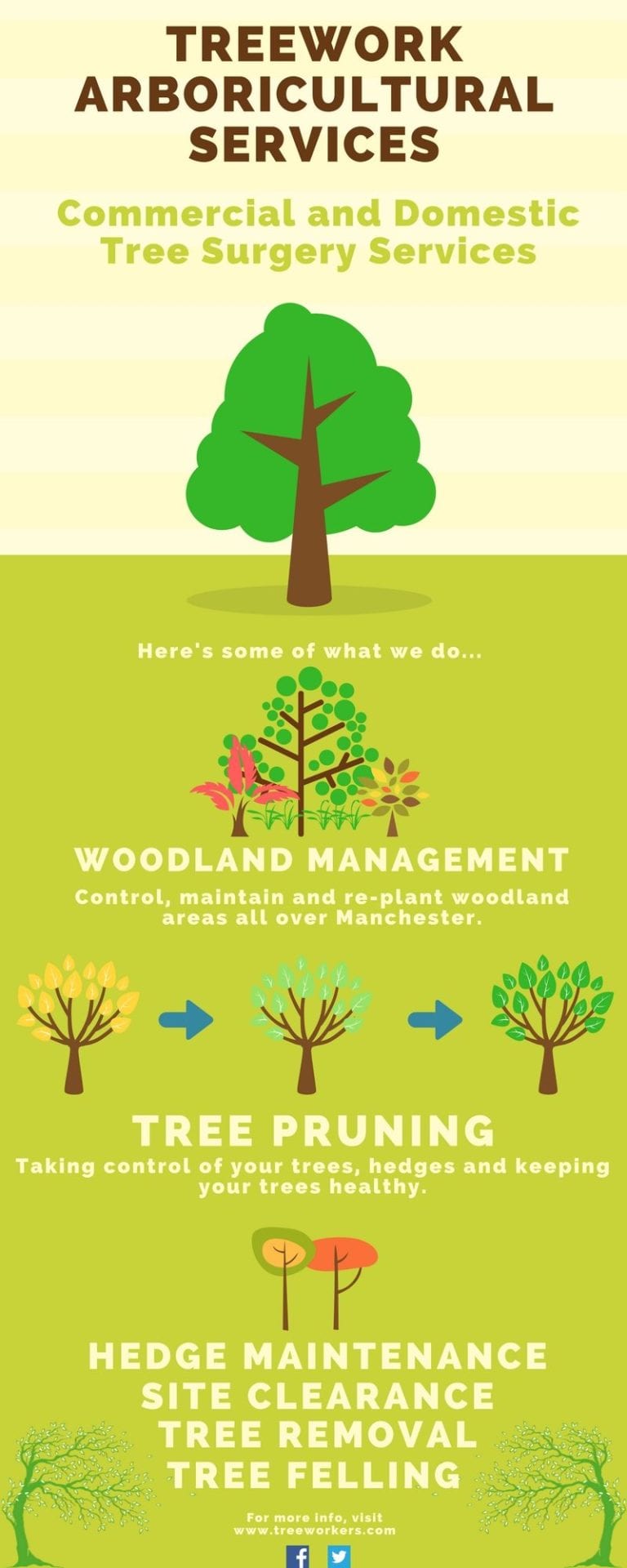Take Notice Of Important Indications That May Expose Your Tree Threatens; Being Informed Regarding These Can Help Shield Your Home And Enjoyed Ones.What Should You Check For Next?
Take Notice Of Important Indications That May Expose Your Tree Threatens; Being Informed Regarding These Can Help Shield Your Home And Enjoyed Ones.What Should You Check For Next?
Blog Article
Content Written By-McDonald Aagaard
When it concerns tree treatment, recognizing the signs that it's time for elimination is important for your safety and security and property. You may observe discolored fallen leaves, wilting branches, or odd fungal growths showing illness. Structural issues, like a considerable lean or splits in the trunk, can also present dangers. Understanding these warning signs can aid you make informed decisions concerning your trees and stop potential dangers hiding in your lawn. What should continue reading this seek following?
Indicators of Degeneration and Illness
When you observe signs of degeneration and disease in your trees, it's important to act promptly. Search for discolored leaves, wilting branches, or uncommon growths like fungi. These can indicate that your tree is battling.
If you see splits in the bark or soft, mushy timber, these signs recommend internal degeneration. Furthermore, pop over here in pests around your tree can signal that it's compromised and vulnerable.
Check for any kind of dead or passing away arm or legs, as they pose a threat to your residential property and security. If you're uncertain regarding what you see, getting in touch with an arborist can supply clarity.
Addressing these indicators early can save you from extra considerable damages and make sure the health of your backyard. Don't wait up until it's far too late.
Structural Instability and Leaning
As you observe your trees, watch out for any type of indicators of architectural instability or leaning. If a tree leans significantly, it might suggest that the origin system is jeopardized.
Try to find any kind of cracks in the trunk or dirt around the base; these can signal potential failure. In addition, look for unusual development patterns, like an uneven crown, which might recommend that the tree is battling to hold itself upright.
If you see that the tree leans toward your home, high-voltage line, or other frameworks, it positions a higher danger. Do not neglect these indicators-- get in touch with an arborist to examine the situation.
Acting early can prevent costly damage and guarantee your safety and security.
Dead or Perishing Branches and Foliage
If you see dead or passing away branches and vegetation on your tree, it's a clear sign that something's incorrect.
These undesirable locations can show underlying concerns like illness, pest infestations, or environmental anxiety. When branches lose their fallen leaves or transform brown, they're no longer adding to the tree's health and wellness. Disregarding these indications can cause additional decline, making your tree extra dangerous.
Dead branches can easily break off throughout storms, presenting a danger to home and people close by. It's crucial to examine the extent of the damage.
If the problem influences a significant part of the tree, think about speaking with a specialist. They can aid identify if removal is needed to guarantee security and maintain the charm of your landscape.
Final thought
If you discover any kind of signs of decay, architectural instability, or dead branches on your trees, do not neglect them. These indications can posture serious security dangers to you and your property. It's always best to seek advice from a professional arborist that can give an expert assessment of your trees. Doing something about it early can stop crashes and pricey damage, guaranteeing your landscape stays safe and healthy and balanced. Bear in mind, it's much better to be proactive regarding tree care than to wait for a disaster to occur.
